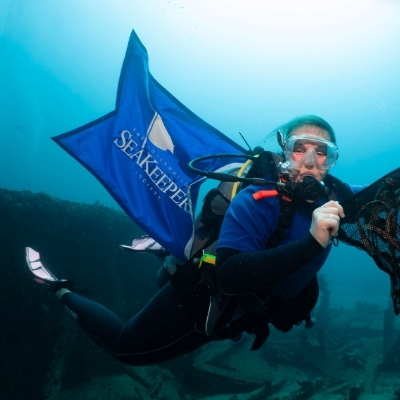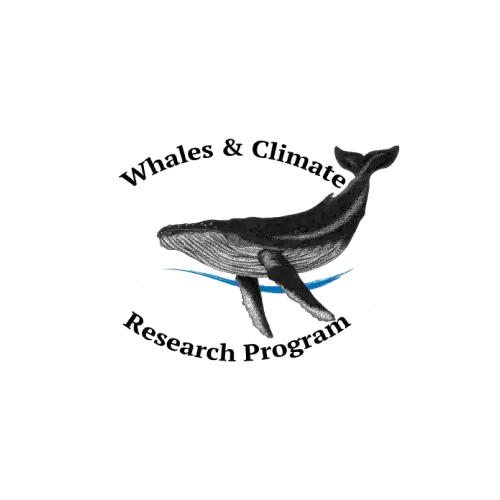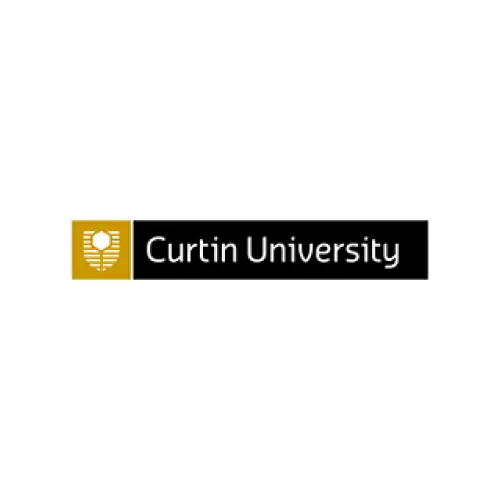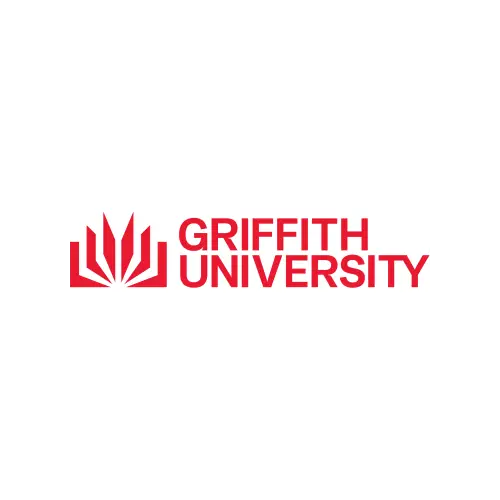Australian East Coast Marine Sounds
Project Overview:
In this exciting project, Dr. Olaf Meynecke from the Whales and Climate Research Program aims to deploy several long-term hydrophones (listening stations) on the east coast of Australia from Eden, NSW to Port Douglas, Queensland placed every 500 km. The hydrophones will need to be deployed at the start of the whale season (April-May) and retrieved at the end of the whale (October-November). This project also has a Citizen Science component where groups are fitted with small hydrophones to collect additional data and visual sightings of whales along the east coast of Australia during the whale season (May-November).
Program Partners
- Whales and Climate Research Program
- Curtin University Centre for Marine Science and Technology
- Griffith University
Location
- Australia (Great Barrier Reef from Lady Elliot to Port Douglas, Coffs Harbor & Sydney)
Expected Time Frame
- 2026
Duration of Expedition
- 14-21 Days
Accommodation Needed
- 3 Researchers
Special Equipment Needed
- Licensed captain
Expedition parameters listed above are flexible and negotiable.
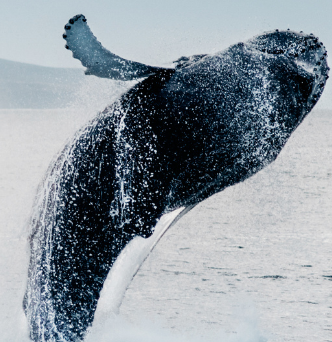
Background:
For the first time, researchers from the Whales and Climate Program, led by Dr. Olaf Meynecke, are conducting simultaneous acoustic monitoring along multiple sections of Australia’s east coast. This groundbreaking project is vital as human activities in the ocean—such as offshore wind farms, gas and oil exploration, deep-sea mining, shipping, and fishing—continue to increase.
In the past, similar research was limited to short-term studies or incomplete due to access restrictions. By listening to whale songs and calls, the team can track changes in migration routes and identify critical habitats. Whales act as sentinels of ocean health, offering valuable insights into how marine environments are changing.
For example, humpback whales migrate vast distances, from polar feeding grounds to tropical breeding areas, adapting to a variety of environmental conditions. Their ability to change feeding, migration and breeding areas provides a unique glimpse into how ocean life responds to shifting conditions. Studying these remarkable creatures helps researchers better understand the challenges facing our oceans—and how to address them.
Mission:
Objectives
Researchers aim to enhance marine biodiversity mapping along Australia’s coastline. This project supports the United Nations Sustainable Development Goals (SDG) 13 and 14 by using advanced bioacoustic monitoring to protect marine wildlife and ecosystems. The team is deploying a variety of hydrophones to capture underwater sounds at key locations. This includes standard long-term hydrophones for continuous data collection, as well as smaller hydrophones designed to empower citizen scientists to contribute to the research. All data collected will be analyzed using cutting-edge AI technology, supported by Google, to identify and interpret patterns in marine soundscapes.
Applications:
This research aims to inform future marine mammal protection, and all data will be publicly available for scientific use.
Relevant/Previous Scientific Publication(s):
Get Involved
If you’re interested in learning more about this specific program opportunity, please reach out to our team below to find out more about this program or get involved in other opportunities with SeaKeepers.
Explore More Opportunities
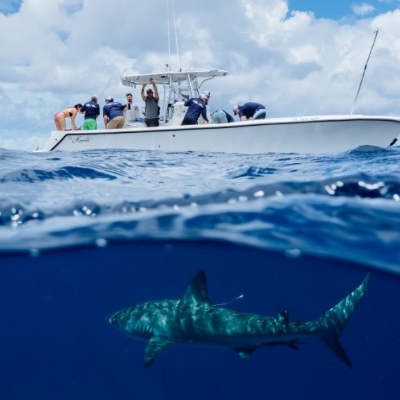
At-Sea Opportunities
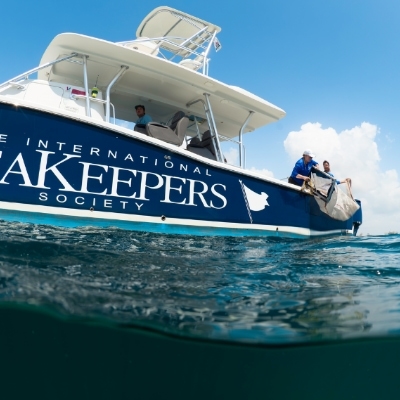
Citizen Science Opportunities
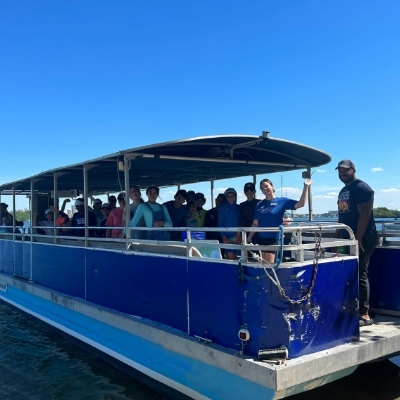
Education Opportunities
